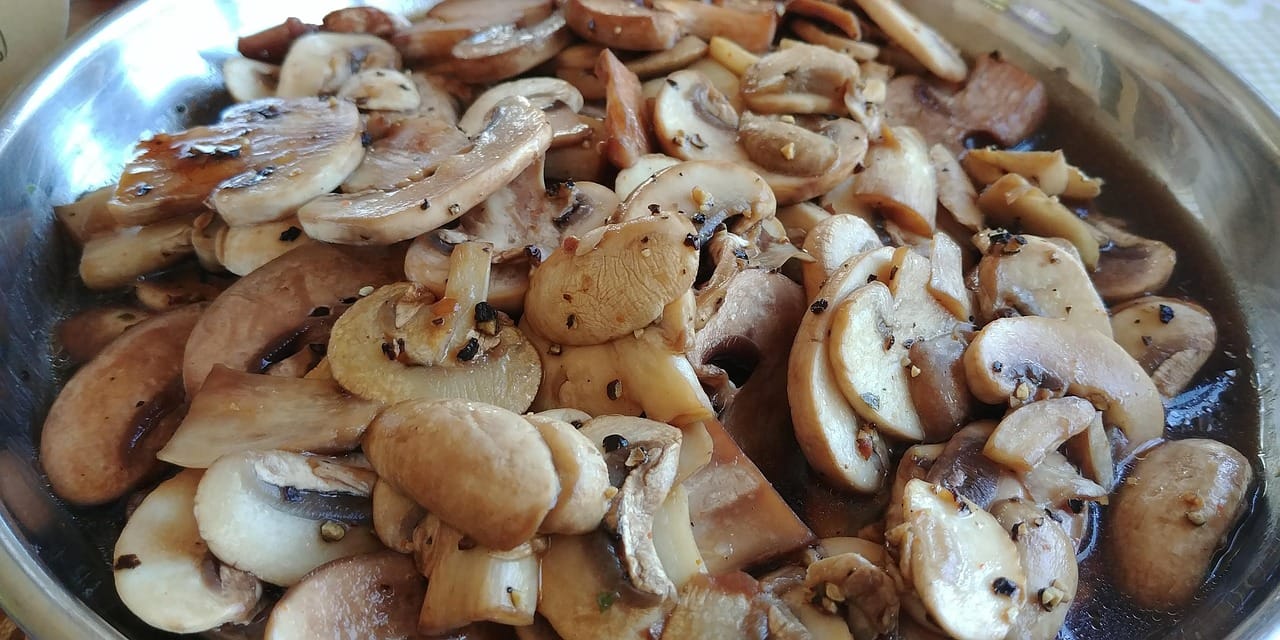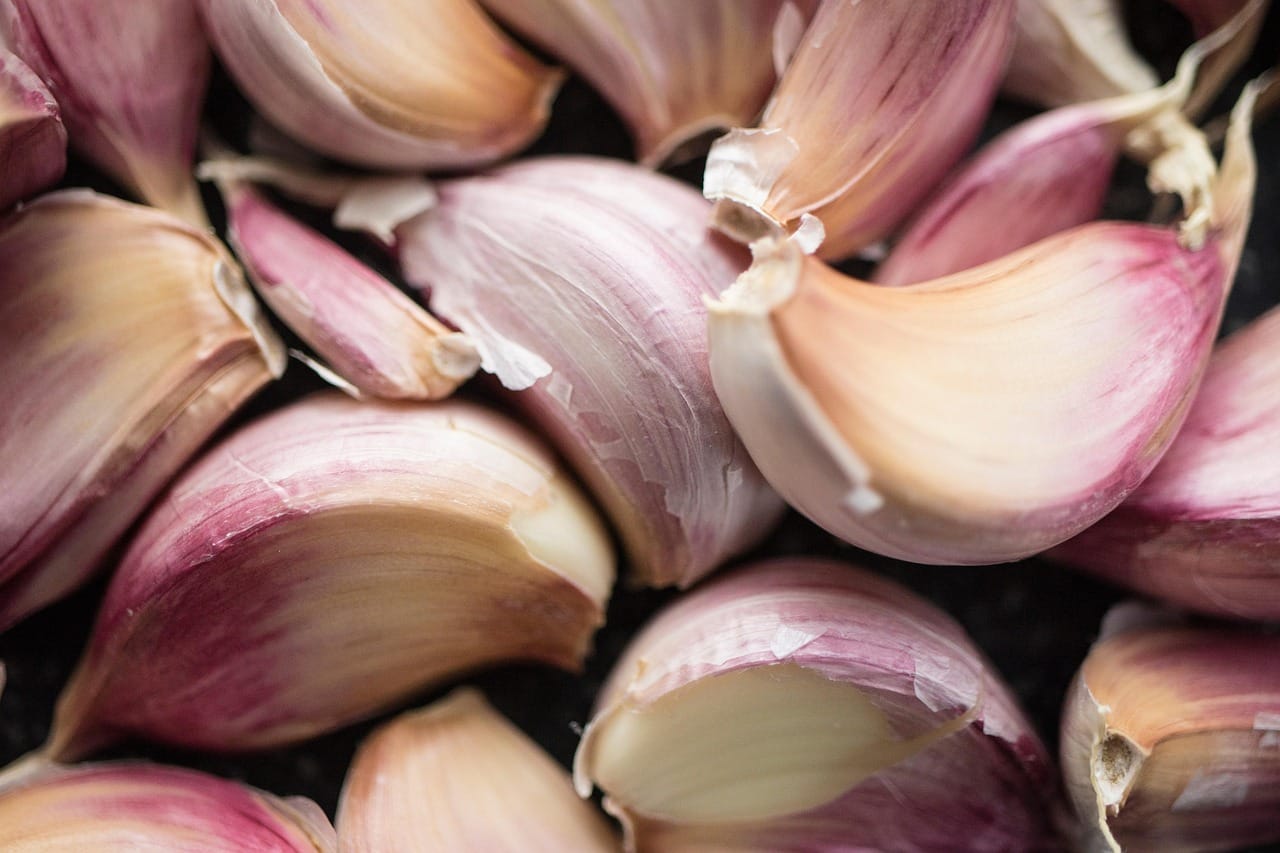Craving the vibrant flavors of Thailand without the animal products? Look no further! Vegan Pad Thai brings all the deliciousness of the classic dish to your table, completely plant-based. This guide will walk you through everything you need to know to create a restaurant-quality vegan Pad Thai at home, from ingredient substitutions to perfecting the sauce. Get ready to embark on a culinary adventure that is both ethical and utterly satisfying!
What is Vegan Pad Thai?
The Essence of Pad Thai
Pad Thai is a stir-fried rice noodle dish that’s a staple of Thai cuisine. Traditionally, it includes ingredients like shrimp, chicken, or tofu, along with eggs, bean sprouts, peanuts, and a tamarind-based sauce. The magic lies in the balance of sweet, sour, and savory flavors that dance on your palate.
Adapting Pad Thai for Vegans
Veganizing Pad Thai requires substituting the animal products with plant-based alternatives. This primarily involves replacing shrimp or chicken with extra-firm tofu or other vegan protein sources, and omitting the eggs. The crucial element is crafting a delicious vegan Pad Thai sauce that captures the authentic taste.
- Tofu: The most common and versatile substitute. Press it well to remove excess moisture for a firmer texture.
- Tempeh: A fermented soybean product that provides a nutty flavor and chewy texture.
- Seitan: Made from wheat gluten, offering a meaty texture and high protein content.
Key Ingredients for Vegan Pad Thai
The Foundation: Rice Noodles
Rice noodles are the heart of Pad Thai. Choose flat rice noodles, ideally medium-width, for the best texture and authenticity. Look for them in Asian grocery stores or the international section of your local supermarket.
- Soaking is Key: Soak the rice noodles in warm water for about 20-30 minutes until they are pliable but not fully cooked. This ensures they cook evenly during stir-frying.
- Don’t Overcook: Overcooked noodles become mushy. They should be slightly firm before adding them to the wok.
The Star: Vegan Pad Thai Sauce
The sauce is what truly makes or breaks a Pad Thai. While traditional recipes often include fish sauce, our vegan version relies on a blend of ingredients to achieve the same depth of flavor.
- Tamarind Paste: This tangy paste is essential for the signature sourness of Pad Thai.
- Soy Sauce or Tamari: Adds umami and saltiness. Tamari is a gluten-free option.
- Lime Juice: Brightens the flavors and provides a fresh zest.
- Maple Syrup or Brown Sugar: Balances the sourness with a touch of sweetness.
- Chili Garlic Sauce (Optional): For a spicy kick!
Recipe Example: A basic vegan Pad Thai sauce can be made with 2 tablespoons tamarind paste, 2 tablespoons soy sauce, 1 tablespoon lime juice, 1 tablespoon maple syrup, and 1 teaspoon chili garlic sauce (optional). Adjust to your taste preference.
The Supporting Cast: Vegetables & Toppings
A variety of vegetables and toppings contribute to the texture and flavor of vegan Pad Thai.
- Bean Sprouts: Provide a refreshing crunch.
- Garlic: Adds aromatic depth.
- Shallots: Contribute a subtle sweetness.
- Green Onions: Offer a mild onion flavor.
- Peanuts: Provide a satisfying crunch and nutty flavor. Roasted and crushed peanuts are best.
- Lime Wedges: For an extra burst of freshness.
- Cilantro (Optional): Adds a fresh, herbaceous note.
- Pickled Radish (Optional): Adds a tangy and crunchy element.
Cooking Vegan Pad Thai: Step-by-Step
Preparing the Ingredients
Before you start cooking, it’s important to have all your ingredients prepped and ready to go. This ensures a smooth and efficient stir-frying process.
Stir-Frying the Pad Thai
Now for the fun part! Stir-frying is a quick and dynamic cooking method that requires high heat and constant movement.
Tips and Tricks for Perfect Vegan Pad Thai
Perfecting the Sauce
- Taste and Adjust: The most important tip! Taste the sauce and adjust the ingredients to your preference. More tamarind for tanginess, more maple syrup for sweetness, or more chili garlic sauce for heat.
- Don’t Skip the Tamarind: Tamarind paste is crucial for the authentic Pad Thai flavor. You can find it in Asian grocery stores or online.
- Experiment: Feel free to experiment with other ingredients in the sauce, such as a touch of rice vinegar or a pinch of smoked paprika.
Mastering the Noodles
- Avoid Overcrowding: Cook the Pad Thai in batches if necessary to avoid overcrowding the wok. This ensures that the noodles cook evenly and don’t become mushy.
- Use High Heat: High heat is essential for stir-frying. It helps to create a slightly charred flavor and prevents the noodles from sticking.
- Keep Things Moving: Continuous stirring is key to preventing the noodles from sticking and ensuring that all the ingredients are cooked evenly.
Customization Options
- Add More Vegetables: Feel free to add other vegetables such as carrots, bell peppers, broccoli, or mushrooms.
- Spice it Up: Add more chili garlic sauce or a pinch of red pepper flakes for extra heat.
- Add Protein: Experiment with different vegan protein sources such as edamame, chickpeas, or plant-based chicken alternatives.
- Different Noodles: Although flat rice noodles are most traditional, you can experiment with different noodle types based on availability and taste.
Conclusion
Vegan Pad Thai is a delicious and satisfying dish that’s surprisingly easy to make at home. By using plant-based alternatives and mastering the art of the sauce, you can create a flavorful and authentic version of this classic Thai favorite. With these tips and tricks, you’ll be enjoying restaurant-quality vegan Pad Thai in no time. So, gather your ingredients, fire up your wok, and get ready for a culinary adventure that’s both delicious and ethical. Enjoy!




